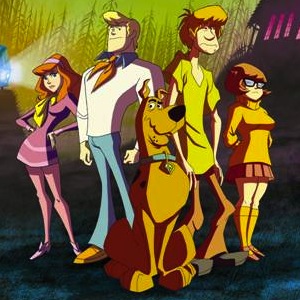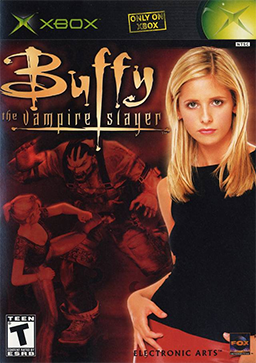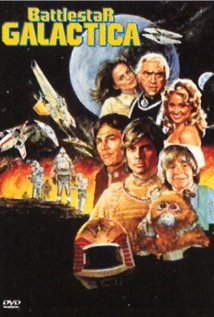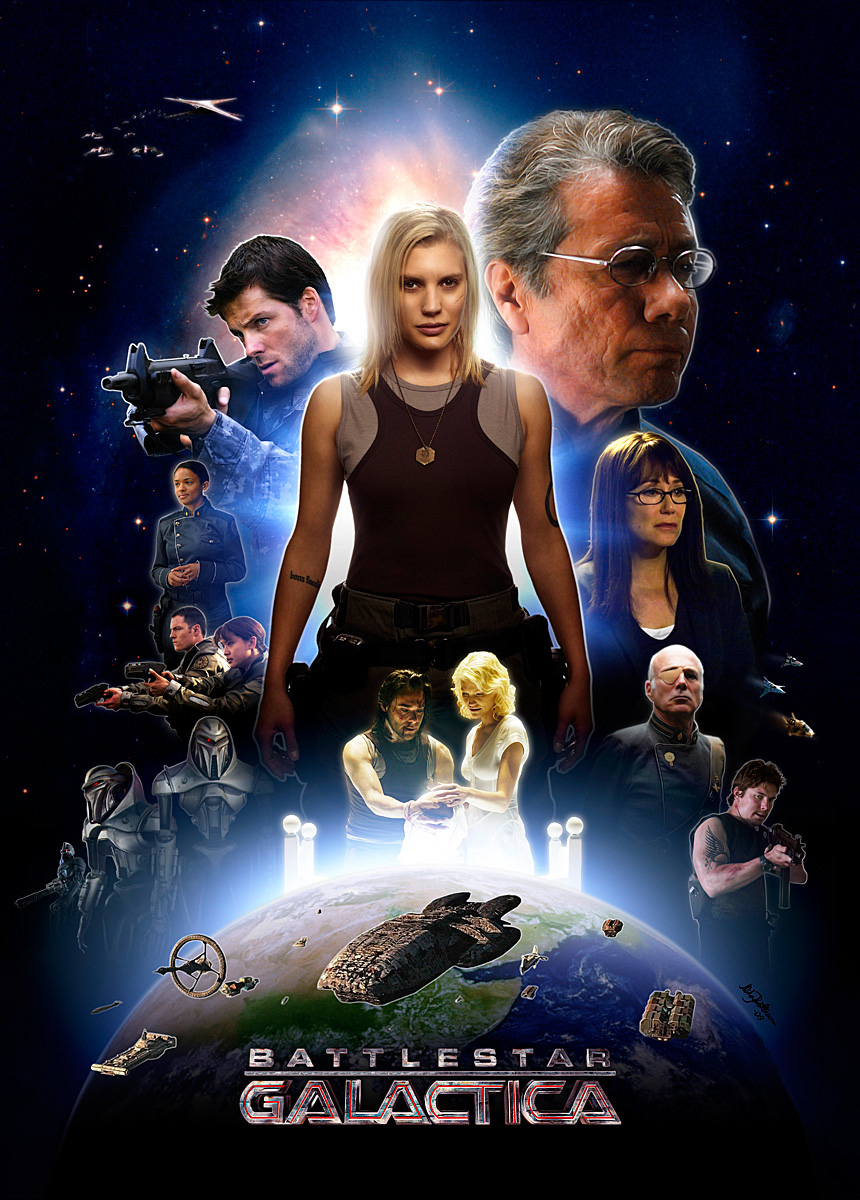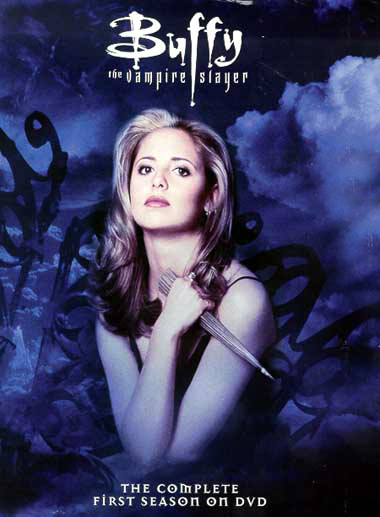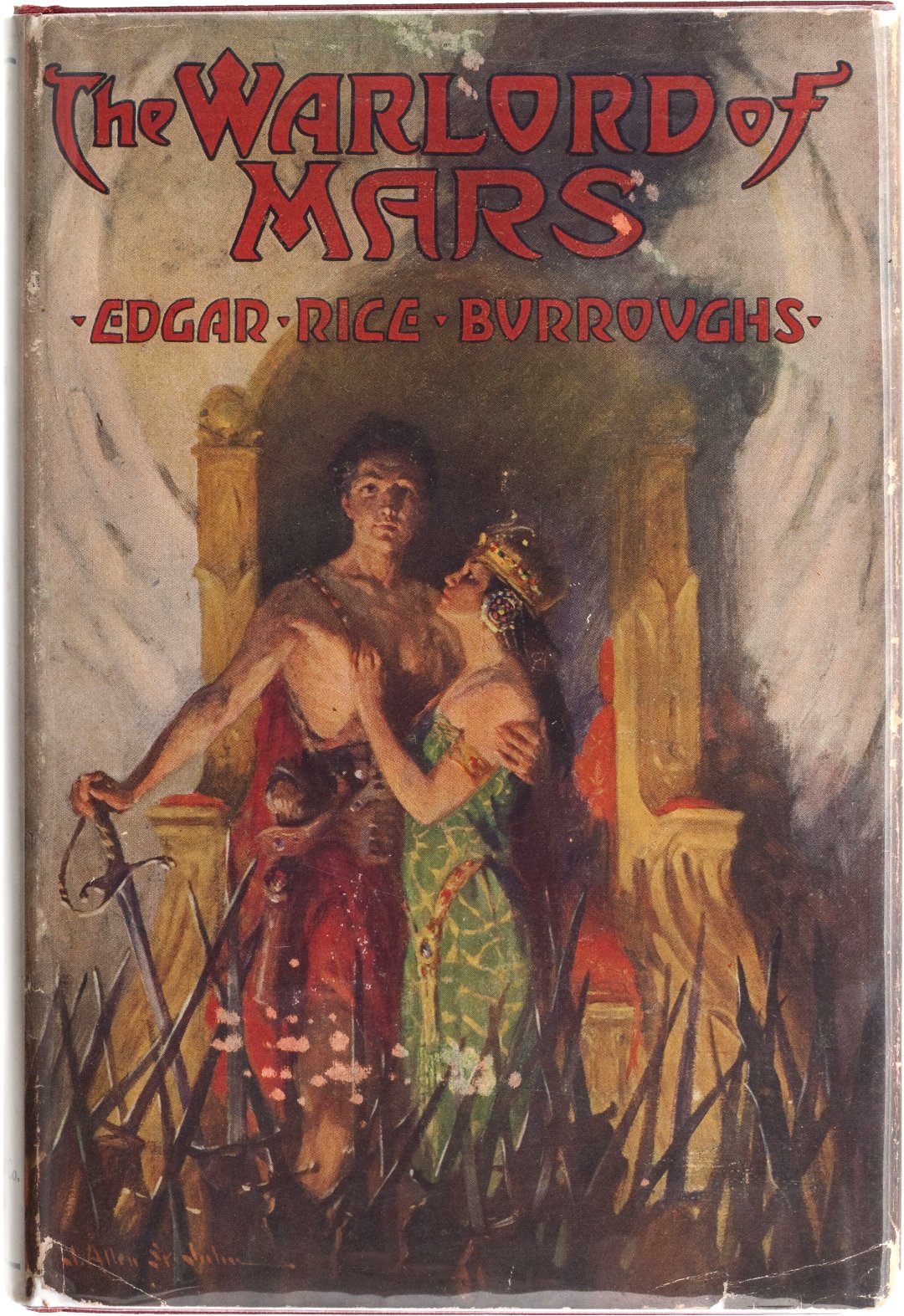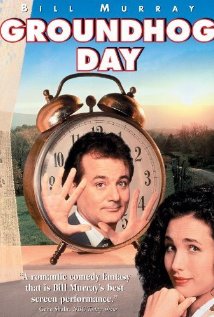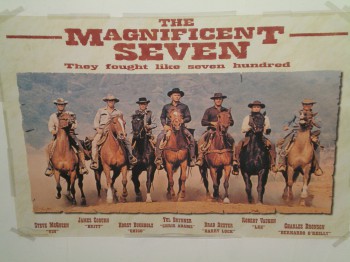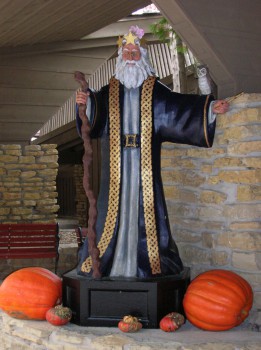Weird of Oz Revisits Fighting Fantasy
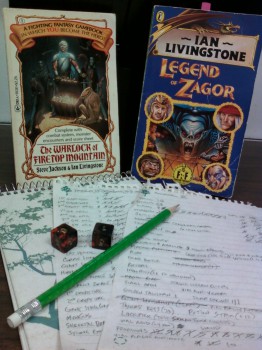 Rogue Blades Entertainment continues to put out fine new projects — though, I lament, with far less frequency than in days of yore.
Rogue Blades Entertainment continues to put out fine new projects — though, I lament, with far less frequency than in days of yore.
Also in those days of yore (about two years ago, to be precise), for a brief, shining, halcyon period of time (a few months, to be precise), RBE hosted a website that ran regular blogs under the banner “Home of Heroics.” It was my good fortune to be invited into HoH’s stable of bloggers, and I made a couple contributions before that heroism-vaunting home vanished like the fabled city of Xanadu. I only got in two or three posts, mind you, because I was on a monthly rotation rather than the weekly slot I enjoy here on Black Gate.
One of those posts that I wanted eventually to follow up on was an account of my experience revisiting Fighting Fantasy gamebooks. My report touched off similar nostalgic reminiscences from several readers.
Since, as far as I can tell, the material that ran on HoH is no longer accessible, I’d like to use this St. Patrick’s Day edition of Weird of Oz to resurrect that post here — with an eye to reviewing other single-player gamebooks down the road.
